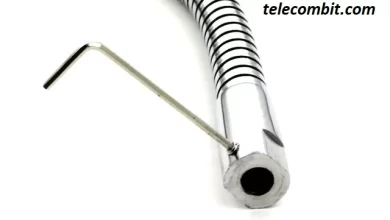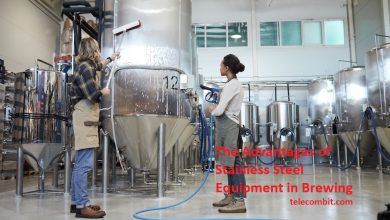The Rise of Bioactive Enclosures: Creating Natural Habitats for Reptiles
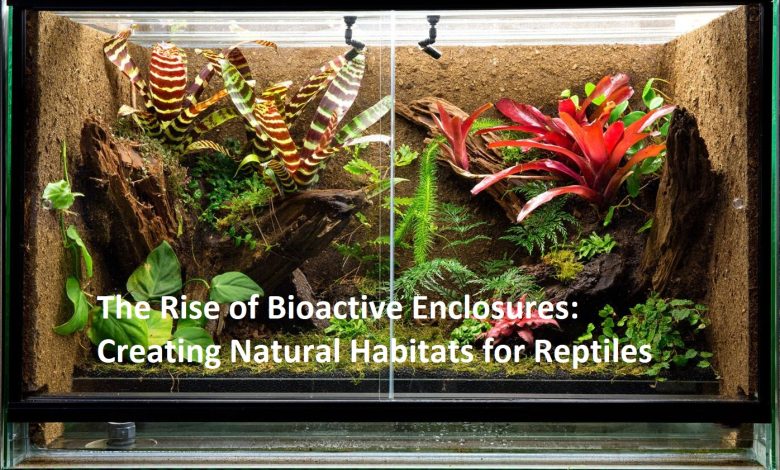
In recent years, there has been a remarkable shift in the way reptile enthusiasts create habitats for their scaly companions. Traditional enclosures are being replaced by bioactive enclosures that mimic natural habitats more closely. These innovative setups not only provide a visually appealing environment but also offer numerous benefits for the well-being of reptiles. This article explores the rise of bioactive enclosures, highlighting their unique features and the advantages they bring to reptile care.
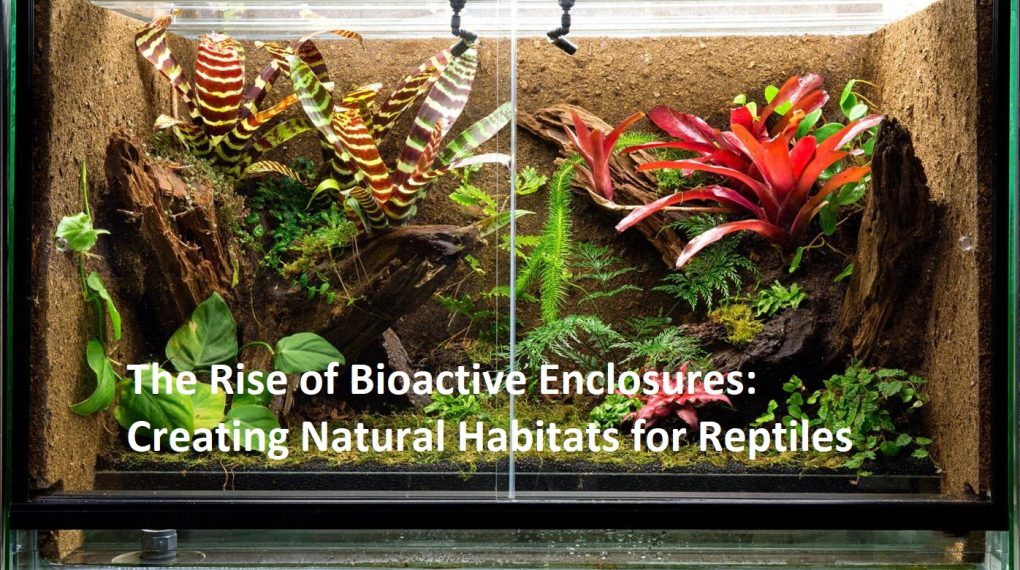
Understanding Bioactive Enclosures
Bioactive enclosures are designed to replicate the complex ecosystems found in nature. They incorporate living organisms such as plants, microfauna, and beneficial bacteria, creating a self-sustaining habitat within the enclosure. This approach aims to provide reptiles with an environment that closely resembles their natural habitat, promoting their physical and mental well-being.
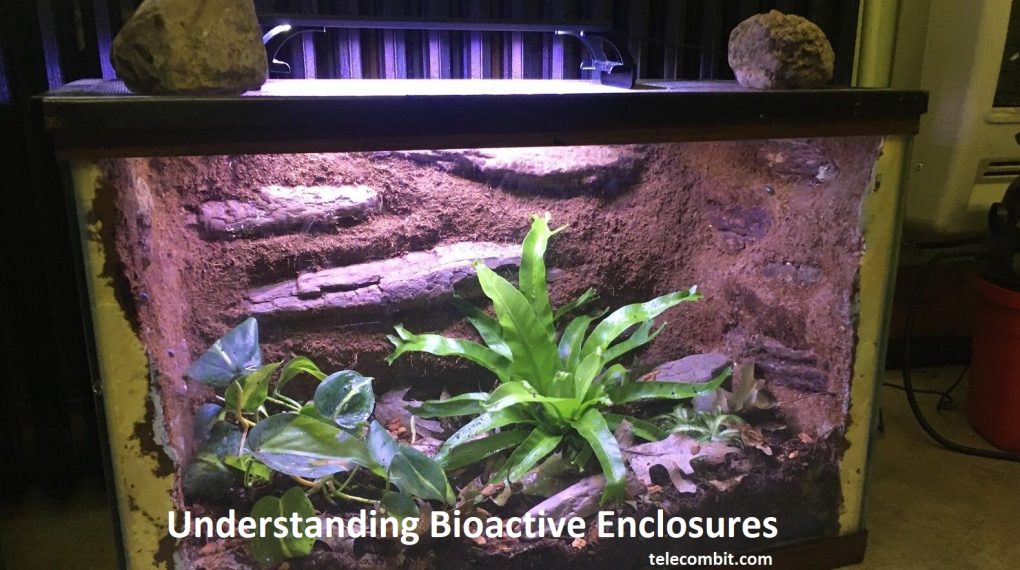
Key Components of Bioactive Enclosures
- Substrate: A crucial element of bioactive enclosures is the substrate, which consists of a combination of organic materials such as coconut fiber, sphagnum moss, and leaf litter. This mixture creates a natural substrate that helps maintain humidity and supports the growth of beneficial organisms.
- Plants: Live plants play a vital role in bioactive enclosures. They not only enhance the aesthetic appeal but also provide hiding spots, climbing opportunities, and regulate humidity levels. Reptile-safe plants like pothos, bromeliads, and ferns are commonly used due to their hardiness and suitability for reptile habitats.
- Microfauna: Adding microfauna, such as springtails and isopods, is an essential aspect of bioactive enclosures. These tiny organisms help break down waste materials, control mold and fungus, and improve soil quality. They form part of the cleanup crew, maintaining a healthy and balanced ecosystem within the enclosure.
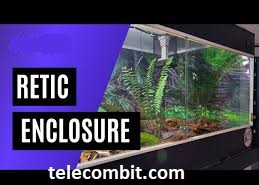
Benefits of Bioactive Enclosures
- Natural Behavior Stimulation: Bioactive enclosures allow reptiles to engage in natural behaviors, including burrowing, climbing, and foraging. The presence of live plants and microfauna provides enrichment opportunities, promoting mental stimulation and reducing stress.
- Waste Management: The self-sustaining nature of bioactive enclosures significantly improves waste management. Microfauna break down organic waste, preventing foul odors and reducing the frequency of substrate changes. This not only saves time but also creates a healthier environment for reptiles.
- Enhanced Moisture Control: Maintaining appropriate humidity levels is crucial for many reptile species. Bioactive enclosures with their natural substrate and live plants help regulate humidity more effectively than traditional setups. This promotes proper shedding and overall respiratory health for reptiles.
- Nutritional Benefits: The presence of live plants in bioactive enclosures can provide additional nutritional value to reptiles. Certain plants can act as a food source or offer dietary variety when consumed by herbivorous and omnivorous species. This natural supplementation contributes to a more balanced diet for captive reptiles.

Setting up a Bioactive Enclosure
- Research and Planning: Before creating a bioactive enclosure, thorough research on the specific needs of the reptile species is essential. Understanding temperature requirements, lighting, and suitable plant choices ensures a successful setup.
- Choosing the Right Plants: Selecting reptile-safe plants that thrive in the enclosure’s conditions is crucial. Consider the reptile’s natural habitat and preferences when choosing the appropriate plant species. Providing a variety of plant heights and textures adds visual interest and enriches the reptile’s environment.
- Introducing Microfauna: Introducing beneficial microfauna is a critical step in establishing a bioactive enclosure. These organisms can be obtained from reputable sources and added to the enclosure after the plants have been established. It’s important to ensure that the microfauna are appropriate for the reptile species and will thrive in the enclosure’s conditions.
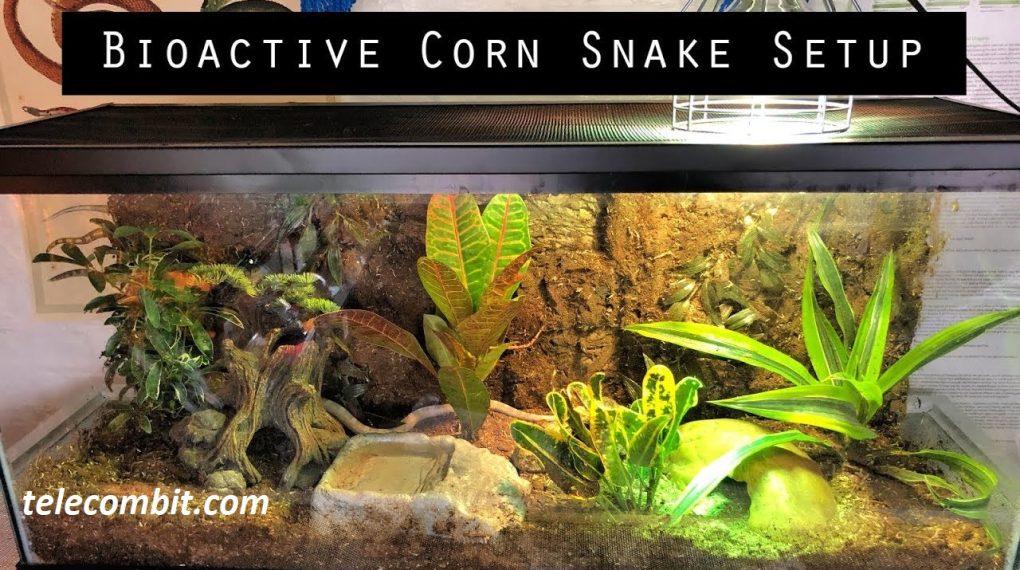
Stainless steel equipment is advantageous in brewing due to its durability, resistance to corrosion, ease of cleaning, and maintenance, making it a top choice for breweries.
Conclusion
The rise of bioactive enclosures marks a significant shift in reptile care, emphasizing the importance of creating natural and enriching habitats. These setups not only provide a visually stunning environment but also offer numerous benefits for reptiles, including natural behavior stimulation, effective waste management, enhanced moisture control, and nutritional benefits. By understanding the key components and following proper setup guidelines, reptile enthusiasts can create bioactive enclosures that promote the well-being and happiness of their scaly companions.

